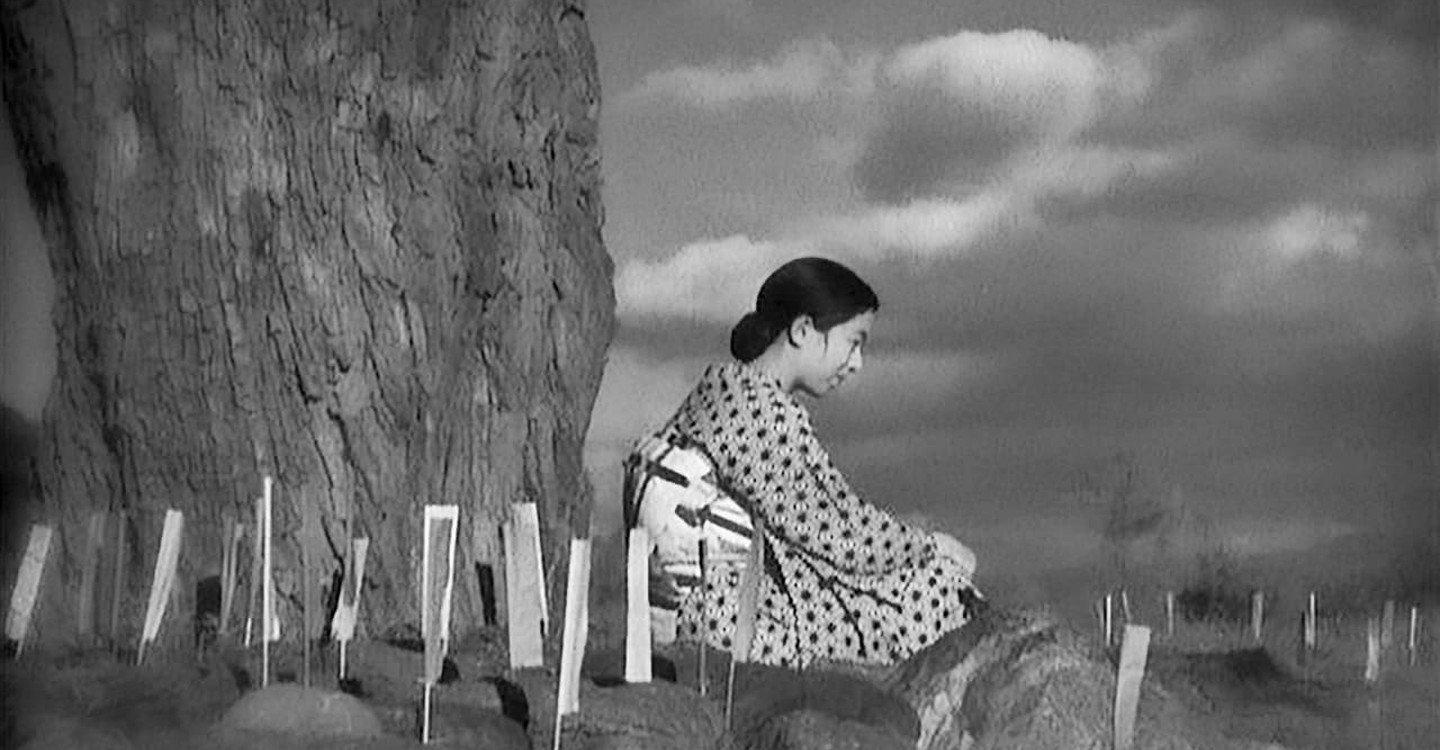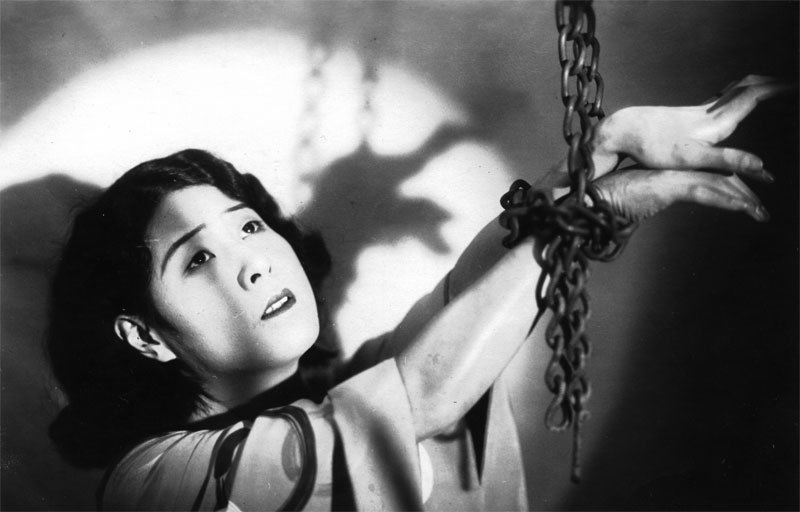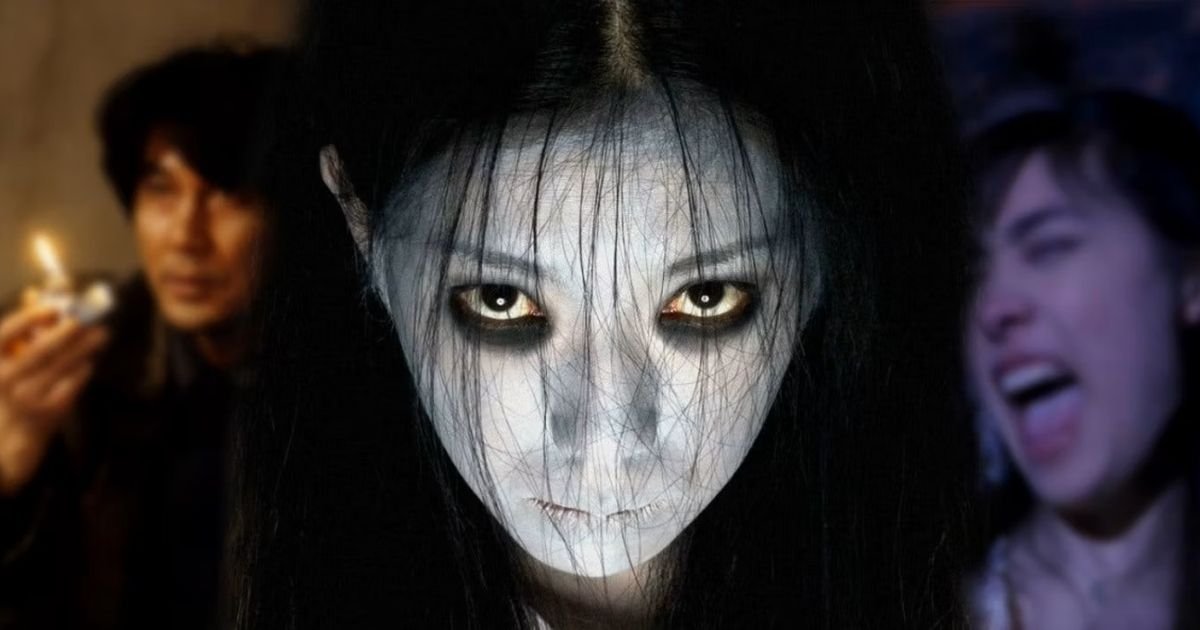Japanese cinema has undergone a remarkable evolution since its inception, reflecting broader changes in technology, society, and culture. From its silent film origins to the vibrant and diverse landscape of contemporary cinema, Japanese films have continually adapted and innovated. This article explores the journey of Japanese cinema, highlighting key developments and milestones along the way.
Silent Era: Foundations of Japanese Film
Japanese cinema began in the early 20th century, during the silent film era. The first Japanese film, Namakura Gatana (An Unsophisticated Sword), was released in 1917 and marked the beginning of Japan’s film industry. Early Japanese silent films were influenced by both Western cinema and traditional Japanese theater, such as kabuki and bunraku.
Directors like Teinosuke Kinugasa and Yasujiro Ozu were pivotal during this period. Kinugasa’s A Page of Madness (1926) is a notable example of early Japanese avant-garde cinema, showcasing innovative techniques and a unique narrative style. Ozu, known for his later works, began developing his distinctive approach to storytelling during this era, focusing on the everyday lives of ordinary people.
The Talkies and Post-War Cinema: Growth and Innovation
The introduction of sound in the late 1920s brought significant changes to Japanese cinema. The transition to talkies, or sound films, marked a new era of filmmaking, allowing for more complex narratives and dialogue-driven stories. The 1930s and 1940s saw the rise of jidaigeki (period films) and gendai-geki (contemporary films), with directors like Kenji Mizoguchi and Akira Kurosawa gaining prominence.
Kurosawa’s early work, including Drunken Angel (1948), established him as a leading figure in Japanese cinema. His films, characterized by their strong narratives, dynamic action sequences, and deep character development, earned international acclaim. During this period, Japanese cinema began to gain recognition on the global stage, with films being showcased at international film festivals.
The Golden Age: The 1950s and 1960s
The 1950s and 1960s are often referred to as the Golden Age of Japanese cinema. This era was marked by a flourishing of creativity and the rise of influential directors who shaped the future of Japanese film. Kurosawa, Mizoguchi, and Yasujiro Ozu continued to dominate, producing some of their most celebrated works.
Ozu’s Tokyo Story (1953) and Kurosawa’s Seven Samurai (1954) are prime examples of the rich storytelling and innovative techniques that defined this period. The Golden Age also saw the emergence of Nikkatsu and Toho, major film studios that played a significant role in shaping Japanese cinema.
The 1960s also saw the rise of independent cinema, with filmmakers like Nagisa Oshima pushing boundaries and exploring new themes. Oshima’s Cruel Story of Youth (1960) and The Ceremony (1971) challenged conventional norms and explored social issues, reflecting the changing attitudes of the time.
Modern Era: From Anime to Global Recognition
The late 20th and early 21st centuries marked a new chapter in Japanese cinema, characterized by diversity and innovation. The rise of anime (animated films) brought Japanese cinema to a global audience, with studios like Studio Ghibli and directors like Hayao Miyazaki gaining international fame. Films such as My Neighbor Totoro (1988) and Spirited Away (2001) became cultural touchstones, showcasing the creativity and artistic excellence of Japanese animation.
In parallel, Japanese live-action cinema continued to evolve, with directors like Hirokazu Kore-eda and Sion Sono exploring contemporary themes and experimenting with new styles. Kore-eda’s Shoplifters (2018) received widespread acclaim for its sensitive portrayal of family dynamics and social issues, while Sono’s work, including Love Exposure (2008), challenged conventional genres and narratives.
Contemporary Trends: Innovation and Diversity
Today, Japanese cinema is marked by its diversity and innovation. Filmmakers continue to push boundaries and explore new genres, from psychological thrillers to fantasy epics. The success of Japanese films at international film festivals and the increasing global popularity of Japanese cinema reflect the industry’s ongoing evolution and adaptability.
Emerging filmmakers are also contributing to this vibrant landscape, blending traditional techniques with modern influences. The growing popularity of Japanese films on streaming platforms has expanded their reach, making them more accessible to global audiences and fostering a deeper appreciation for Japanese cinema.

Conclusion
The evolution of Japanese cinema, from its silent film origins to the dynamic and diverse landscape of today, reflects its ability to adapt and innovate over time. From the foundational works of early directors to the global success of contemporary films, Japanese cinema continues to influence and inspire audiences worldwide. Its rich history and ongoing innovation underscore its vital role in the global film industry and its capacity to captivate and engage audiences across cultures.










